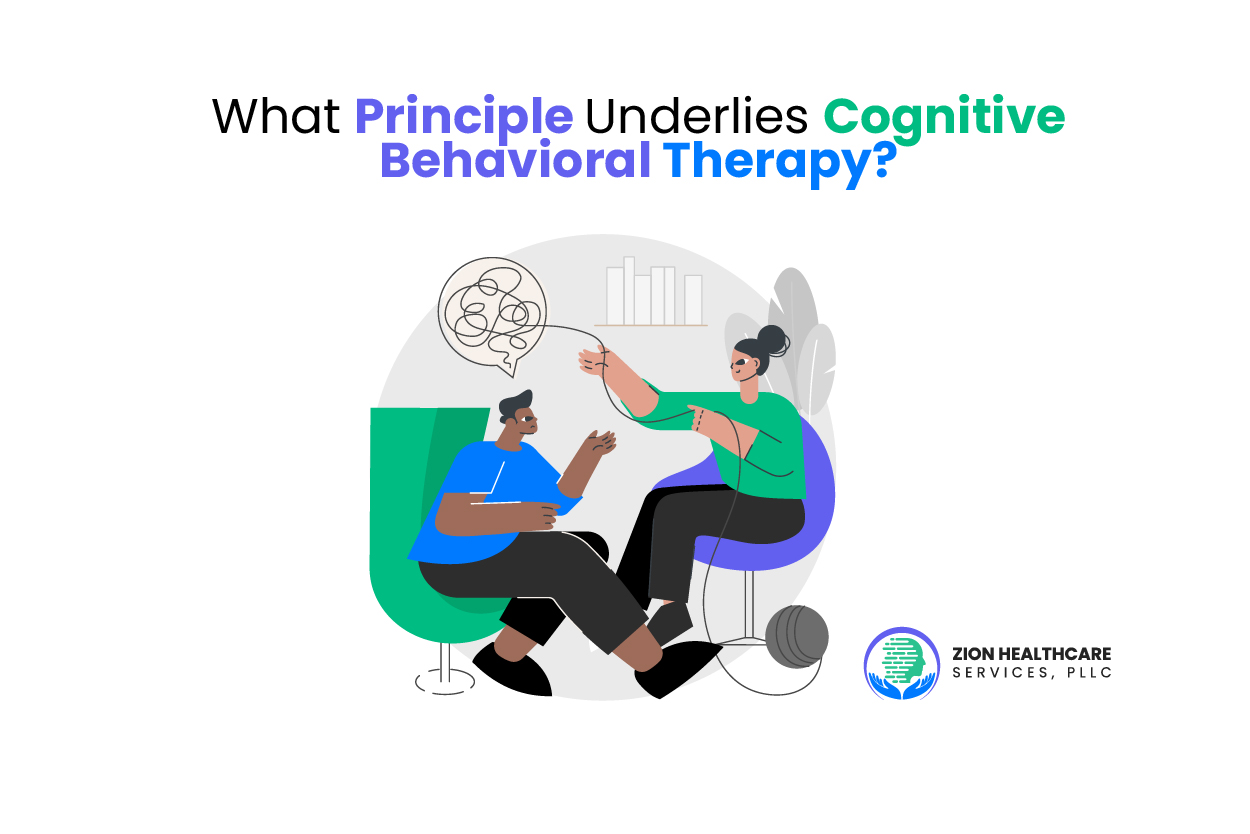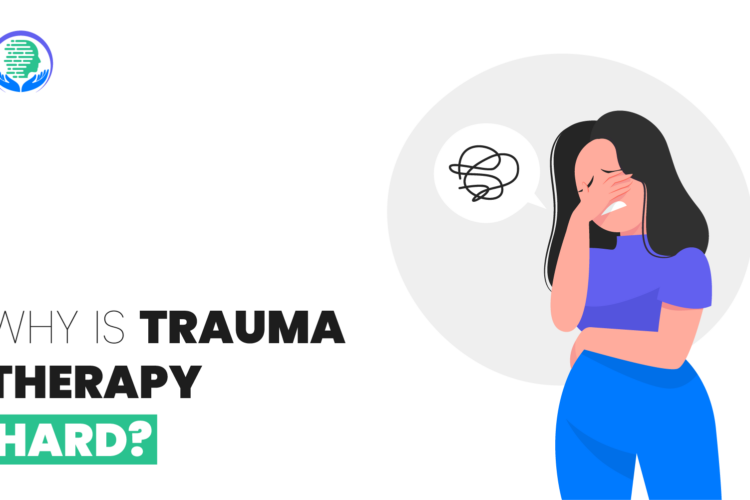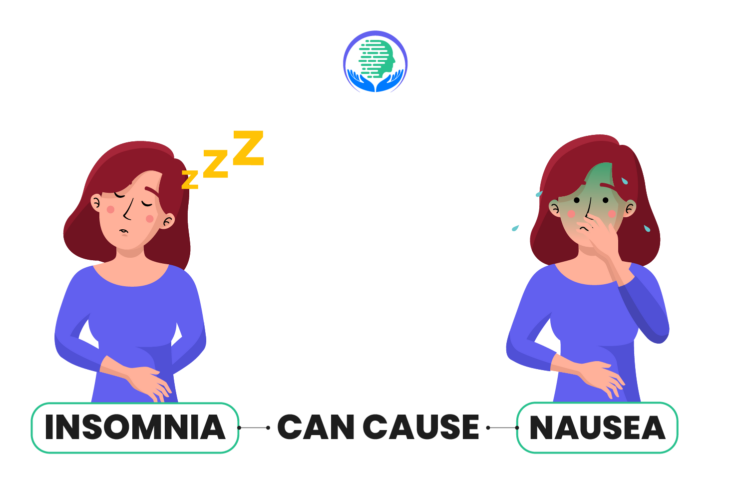
Anxiety is something that everyone experiences once in a lifetime. According to some modern researchers, 20% of the adult population faces depression and anxiety.
Similarly, 2 out of 6 people have difficulty coping with such disorders.
The patients can, however, get better by availing of some treatment options available to them.
Nowadays, the most common and advanced method is called Cognitive Behavioral Therapy.
So, what principle underlies cognitive behavioral therapy? It is certainly something you want to know about.
You may learn valuable information by reading on.
What is CBT (Cognitive Behavioral Therapy)?
To understand what principle underlies Cognitive Behavioral Therapy, we must first get the knowledge about Cognitive Behavioral Therapy.
CBT is a type of psychotherapy that helps individuals understand the connection between their behaviors, emotions, and thoughts.
It is based on the theory that a person’s behavior and emotions will affect their thoughts.
Additionally, CBT aims to change negative or unhelpful thinking patterns and behaviors through techniques like cognitive restructuring and exposure therapy.
Hence, CBT takes a problem-solving approach by modifying current dysfunctional behaviors, thoughts, and emotions.
If you ever need any sort of behavioral or psychotherapy, you can reach out to Zion Healthcare Services for assistance.
What are the 3 Basic Principles of Behavioral Therapy?
The core and basic principles of CBT are given below;
1. Core beliefs.
Our fundamental assumptions are shaped by our upbringing encounters.
They are profoundly ingrained in how we see ourselves, our surroundings, and the future, alongside our perspectives regarding these components
These underlying beliefs, once established, tend to endure and unconsciously influence our thoughts, emotions, and behaviors well into adulthood in resilient ways.
2. Automatic negative thoughts.
Automatic negative thoughts are instinctive negative insights of reality that occur out of routine.
They can be problematic to diagnose since they are short-lived and cause negative feelings.
3. Dysfunctional assumptions.
Humans are inclined to hold onto the bad more easily than the encouraging.
Nevertheless, these cognitive distortions are ridiculous thought patterns that twist our perceptions of truth.
Which Principle Underlies Cognitive Therapy
What principle underlies cognitive behavioral therapy?
The key principle that underlies cognitive behavioral therapy is that opinions and feelings play an important role in behavior.
These feelings and reactions can often cause people to behave in ways that are hurtful to others and themselves.
therefore, by learning to identify and replace inaccurate or unhelpful thoughts, CBT aims to resolve problems.
It changes the habits by processing experiences in a more balanced, adaptive way.
There are some behavioral principles underlie cognitive behavior therapy. These principles are included;
Goal-Oriented Problems
CBT initially emphasizes a goal-oriented and problem-focused approach. This means that the patient and therapist work together to identify the specific goals that cause distress. They then set problems for treatment and create a plan to address the goals.
Thus, progress is evaluated by measuring the achievement of agreed-upon objectives and problem resolution.
Time-limited
CBT is recommended as a time-limited treatment option because it focuses on specific goals within set periods. This means that the therapy addresses defined objectives typically within 12-16 weekly sessions.
For example, anxiety issues can often be addressed with CBT within around 12 weeks when concentrating on particular targets.
Furthermore, severe and long-standing mental health problems like depression and schizophrenia. It requires longer, continuous care spanning several years to explore deeper issues and support ongoing recovery.
Terminologies and Techniques
CBT uses various techniques to help patients change their behaviors and thoughts. Some of the techniques CBT utilizes include:
- Exposure therapy
- Cognitive restructuring
- Problem-solving methods
- Behavioral experiments
Analyze the Progress Regularly
CBT treatment regularly assesses progress to certify that the patient is making progress toward their goals.
This evaluation can be done through self-assessment measures, clinical remarks, and behavioral trials.
In Cognitive Behavioral Couples Therapy, doctors monitor the patients progress and behavior changes on a regular basis.
Assigned Tasks
The doctor assigns some activities to the patient so that they might keep themselves busy and engaged.
It is part of the therapy that a doctor uses to get the patient out of the trauma.
Cognitive Behavioral Therapy Vs Psychotherapy
| Cognitive Behavioral Therapy | Psychotherapy |
| Focuses on present and future | Also explores past experiences and history |
| The goal is to change thoughts and behaviors | The goal is insight and self-understanding |
| Takes a problem-solving approach | May not directly address problems |
| Treatment is generally short-term (10-20 sessions) | Treatment can be open-ended long-term |
| Techniques include behavioral experiments and cognitive restructuring | Techniques vary depending on the modality |
Finding Behavioral Cognitive Therapy Near Me
There are several options that you can employ to find and search out the CBT near you;
- Ask your primary care doctor for a referral. They may know local therapists who specialize in CBT.
- Check with your health insurance provider. Many plans maintain lists of in-network mental health professionals, including CBT therapists. Search online or call customer service.
- Contact local counseling agencies, community mental health centers, hospitals or universities with counseling programs.
- Check with your primary care doctor’s office. Other physicians in the practice may also see patients for counseling and therapy referrals.
- Searching online first and then calling top matches is usually the most effective way to book an initial CBT consultation near your home or workplace.
- Search online therapist directories. Good places to start include Zion Healthcare Services or your state or local psychological association website. You can filter results by location, insurance accepted, issues treated, and therapeutic approach (e.g. CBT).
Conclusion
What principle underlies cognitive behavioral therapy? CBT is based on the principle that our thoughts, rather than external events or circumstances, directly influence our feelings and behaviors.
By altering views and core opinions, people can also change their manners.
Moreover, it entirely depends upon the person to which extent they try to recover themselves from the trauma and anxiety.
Visit and contact us at Zion Healthcare Services. We are here to give you better assistance and guidance.
FAQS
What principles underlie cognitive therapy?
The main principles underlying cognitive therapy are that thought influence emotions and behavior and that negative, dysfunctional thoughts can be identified and changed.
Cognitive therapy seeks to modify unhelpful thinking patterns through techniques like cognitive restructuring.
What is the main principle of cognitive behavioral therapy?
The main principle of cognitive behavioral therapy is that our thoughts, behaviors, and emotions influence each other reciprocally and that modifying dysfunctional or distorted patterns in one area can positively impact others.
On what principles of psychology is Behaviour therapy based?
Behavior therapy is based on the principles of learning theory and behaviorism.
It focuses on how behaviors are acquired and maintained through conditioning and aims to modify problematic behaviors through conditioning techniques.
Which behavior therapy technique is correctly matched to its description?
Exposure Therapy, a subset of CBT, is accurately described as a process where people are systematically exposed to feared objects or situations.


